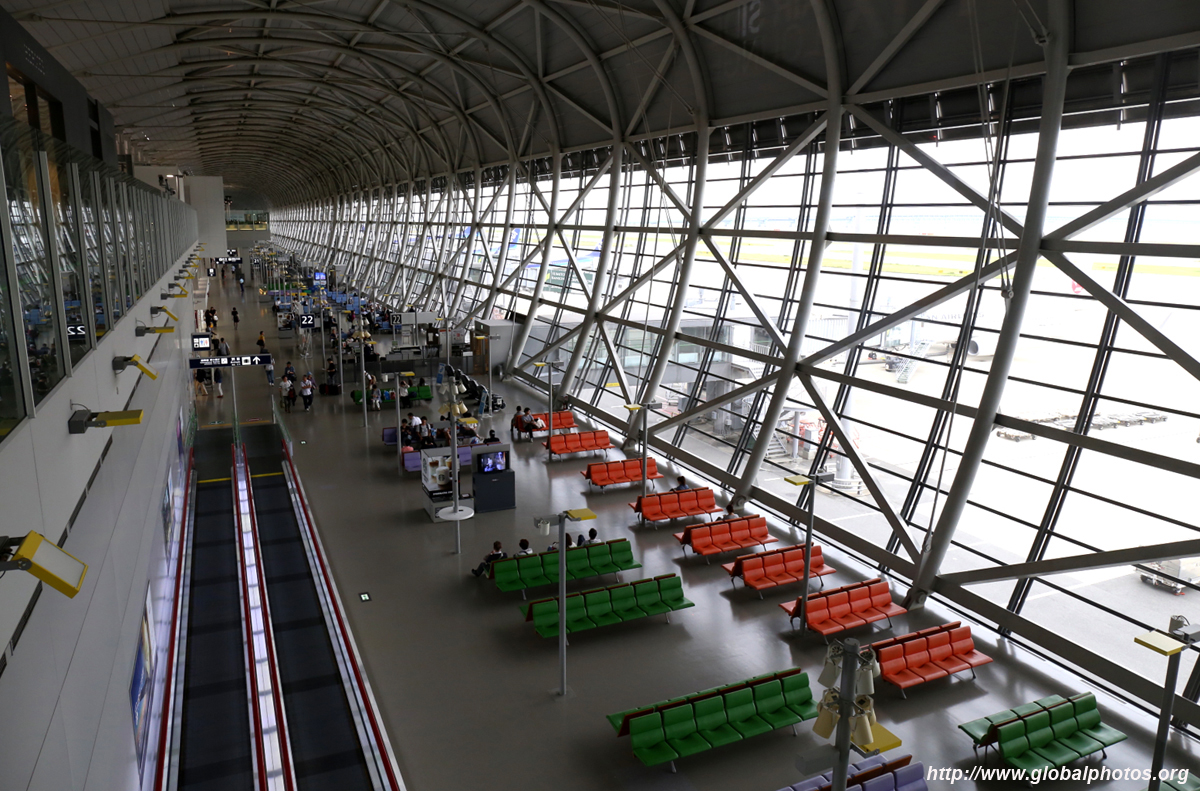One of my favourite stops in this airport is the 100-yen store, which is not too big but it is enough to satisfy your shopping desires. There is also a drug store, but prices are strangely inflated from the city counterparts. Japanese airports don't typically practice differential pricing. What they charge in the city would be consistent everywhere.
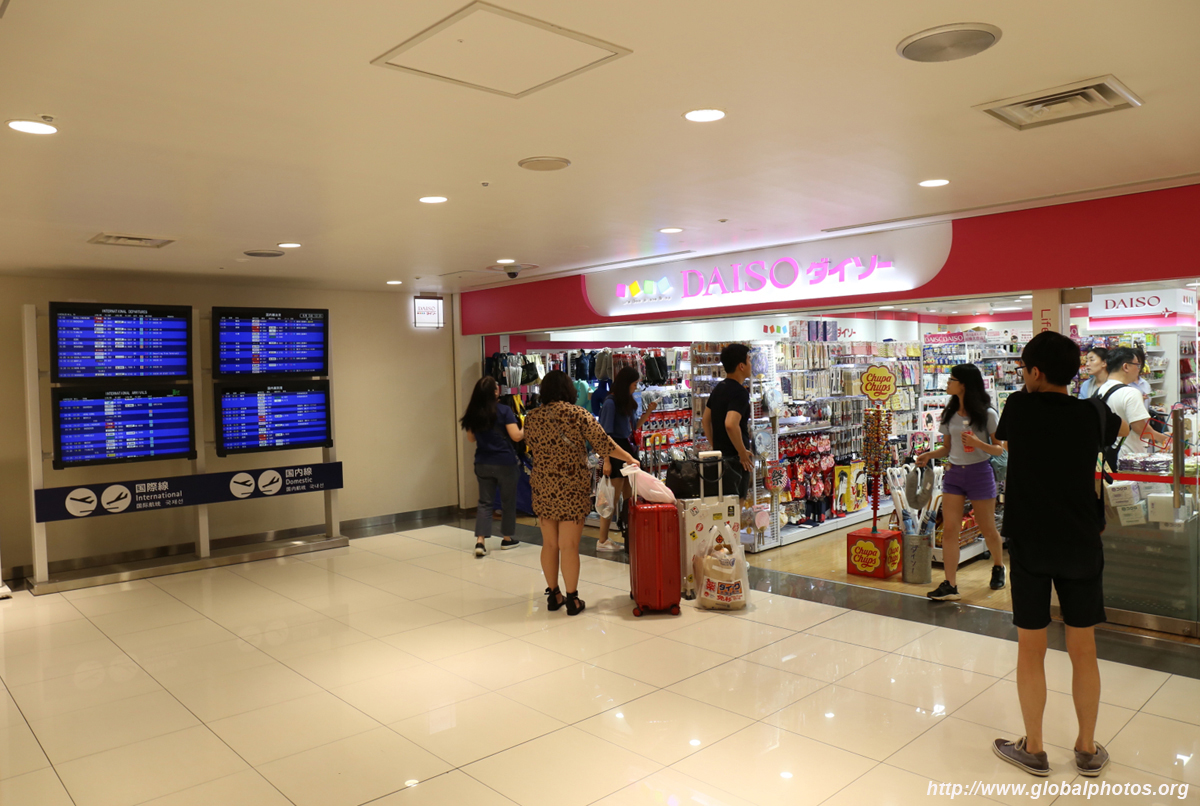
Paying a visit to the bathroom, it includes the typical wash toilet functions. It even has a music button that plays flushing sounds to drown out your body sounds, which is why it deserves a photo stop.


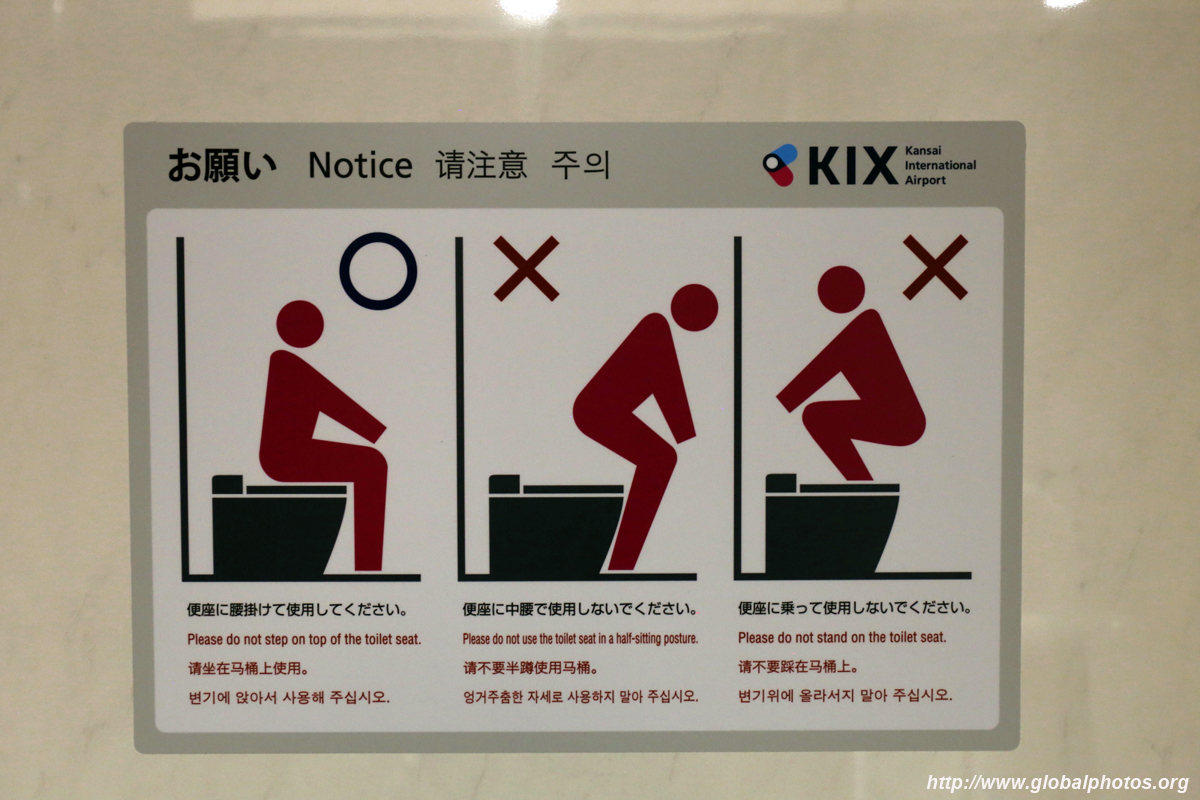
There was even a set of machines where your coin will spit out an action figure. To cater for the airport crowd, an English explanation on what it is about was given but if you want certainty, head to the Pokemon store next door.



The domestic level also has a large bookstore. Seems bookstores have not gone all online in Japan yet.
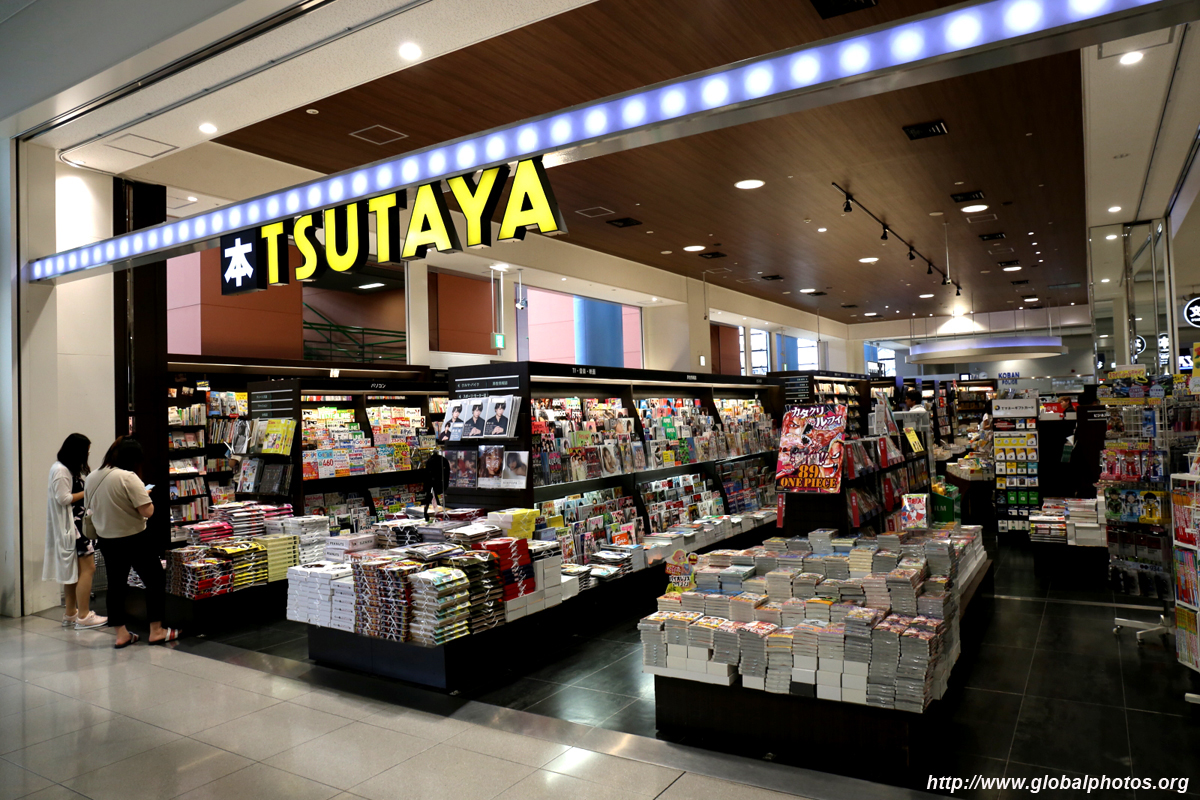
Lockers for your luggage do not require an X-ray or security check beforehand. I wonder if it is a mix of both complacency and ignorance over the international terrorism situation?


The international check-in area is airy and spacious. Some machines have appeared to reduce the human interaction. There were no crowds at Cathay's check-in counters. After all, it was 3 hours from departure time. I first went to the kiosk to check if I could change to an exit row seat on the map, but ultimately settled with my original seat taken during online check-in.
I was processed at the counter right away with my checked bag. Strangely, the agent said I may be upgraded to Premium Economy today for the sector to Taipei (although I was continuing to Hong Kong), but he wasn't sure until later at the gate. He also asked my permission to upgrade, which I said yes, but when he asked whether I would sit in a middle seat, I told him I would prefer a window. A bit confused, I left the check-in area wondering whether he was just getting my hopes up?






International tourism to Japan has exploded in recent years, with visitors from China driving a major part of this growth. At the airport, it is showing, with these crowds at the Air China counters.



The domestic check-in area was darker with no natural skylights. ANA has an interesting board which screams the traditional way of flying - glamorous and fun. JAL even had clear plastic bags at the check-in area for your liquids.

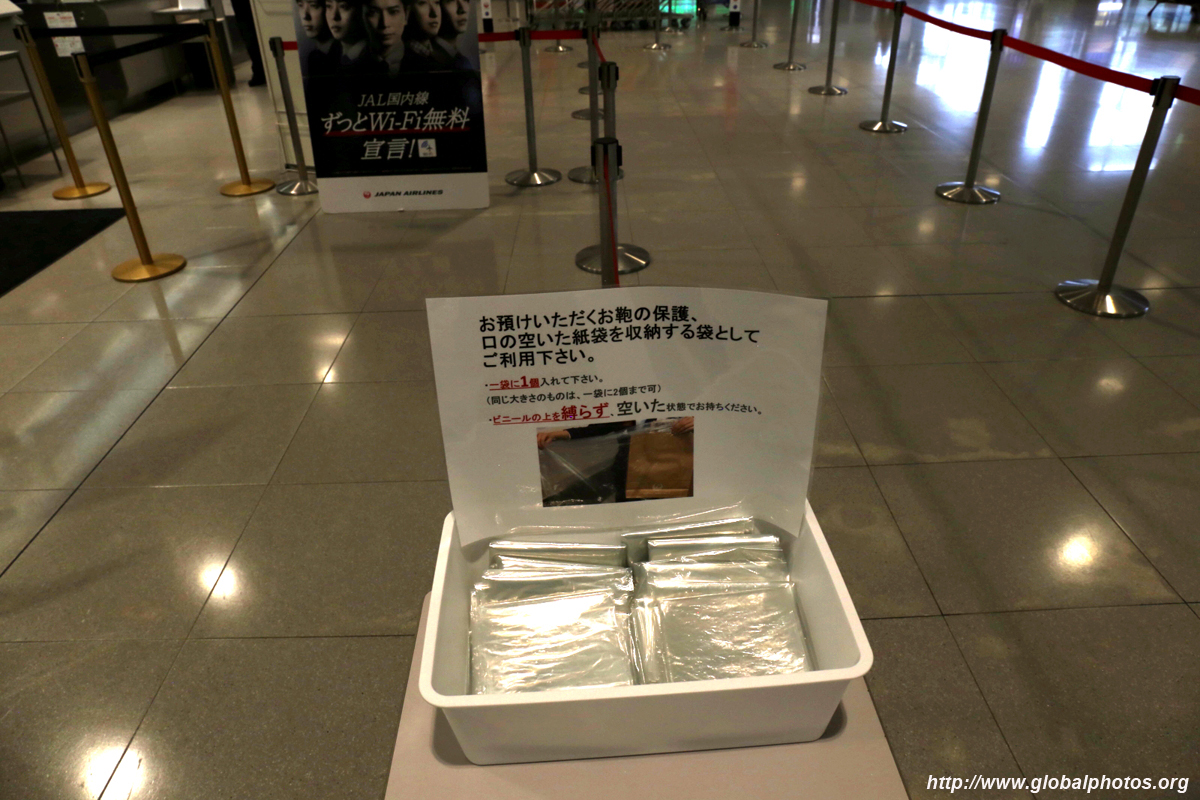

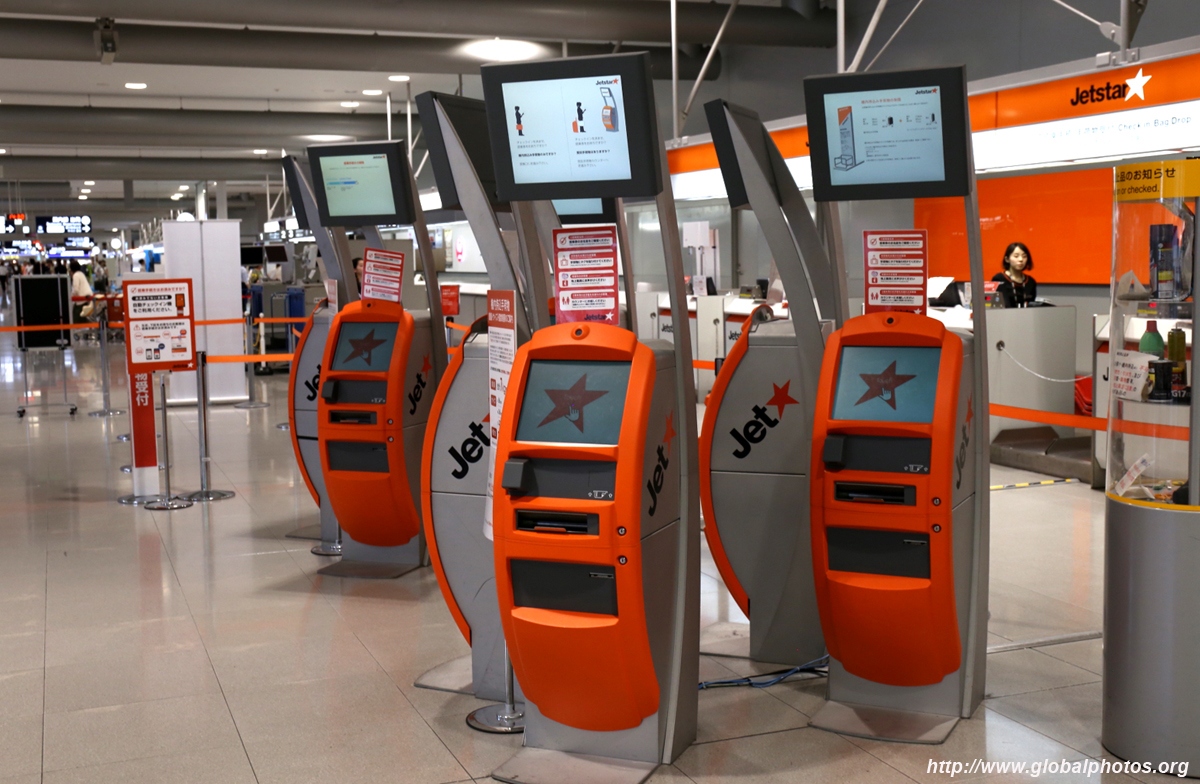
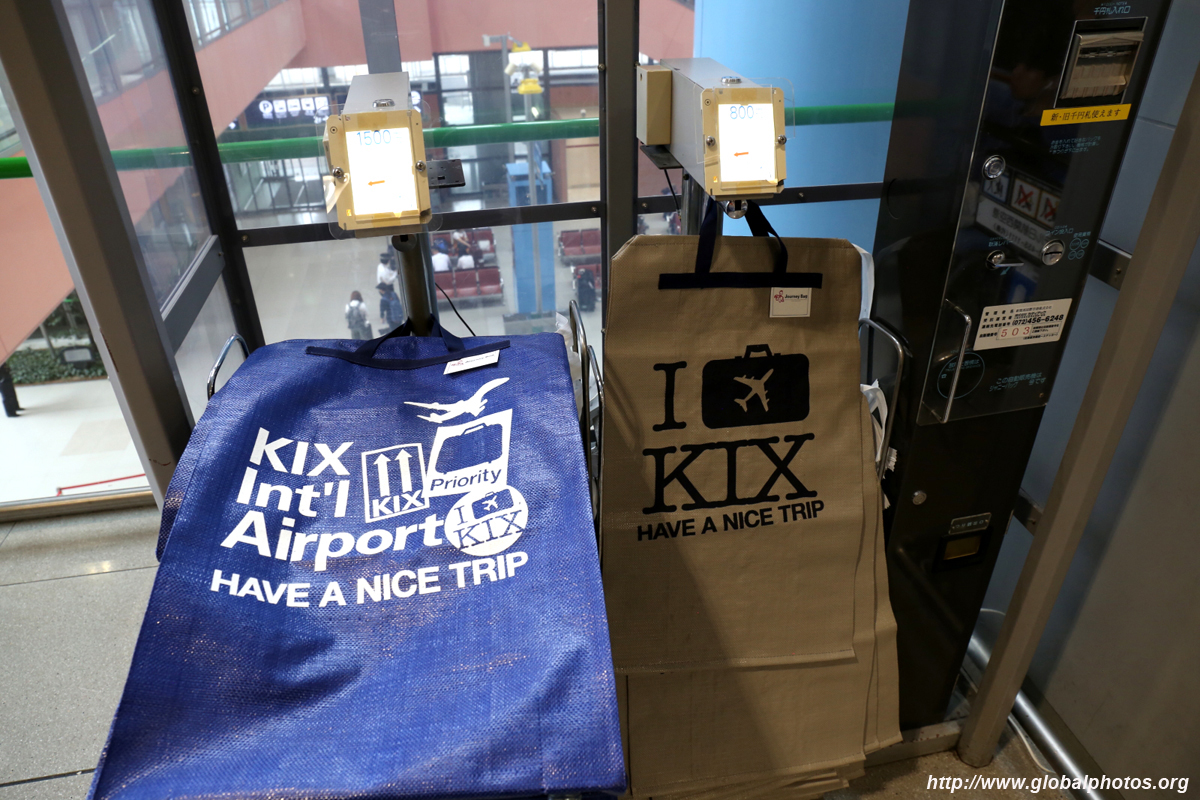


The sleek Starflyer area caught my attention, although there doesn't seem to be any flights at the time I passed by.
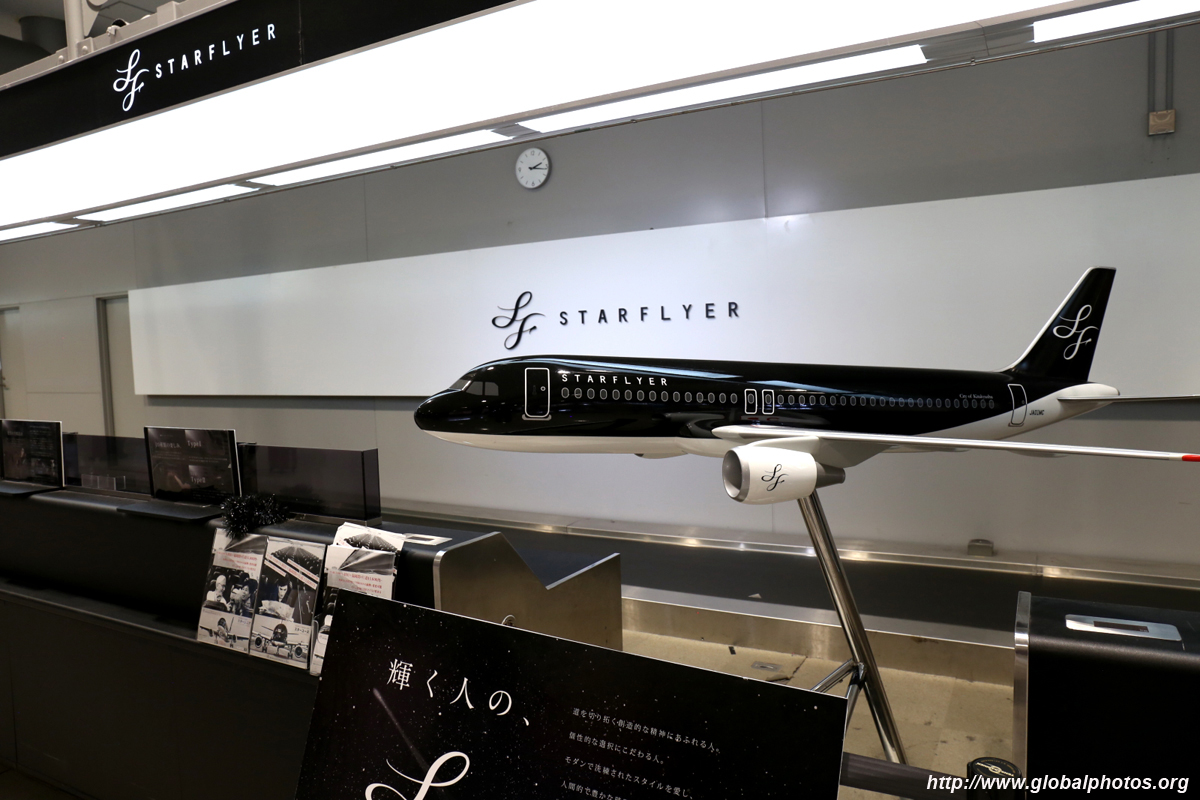

Unlike Narita, Kansai also hosts a number of domestic flights.
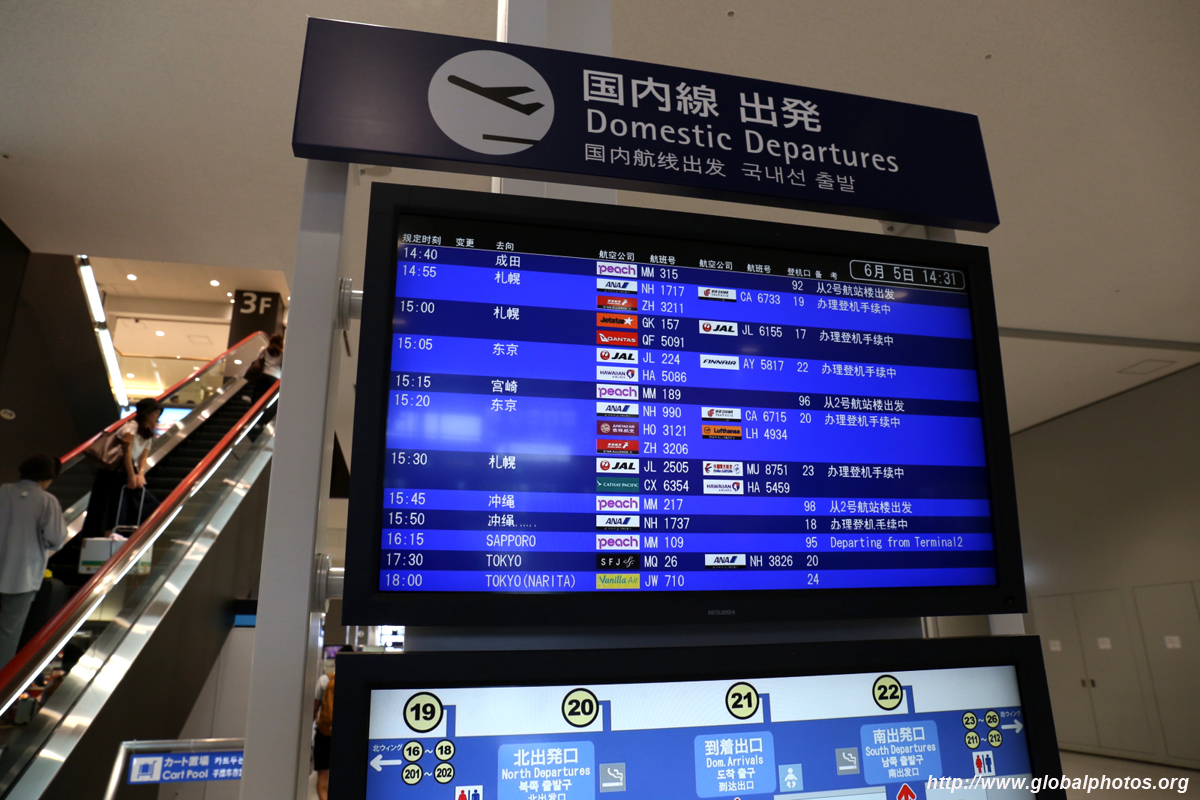
There are several entry points for security into international departures. I noticed a sign noting the queue times, which is similar to what I have seen on Toronto airport's website. Both security and immigration were fairly quick and I emerged air-side into a huge zoo doing their last duty-free shopping before leaving Japan.
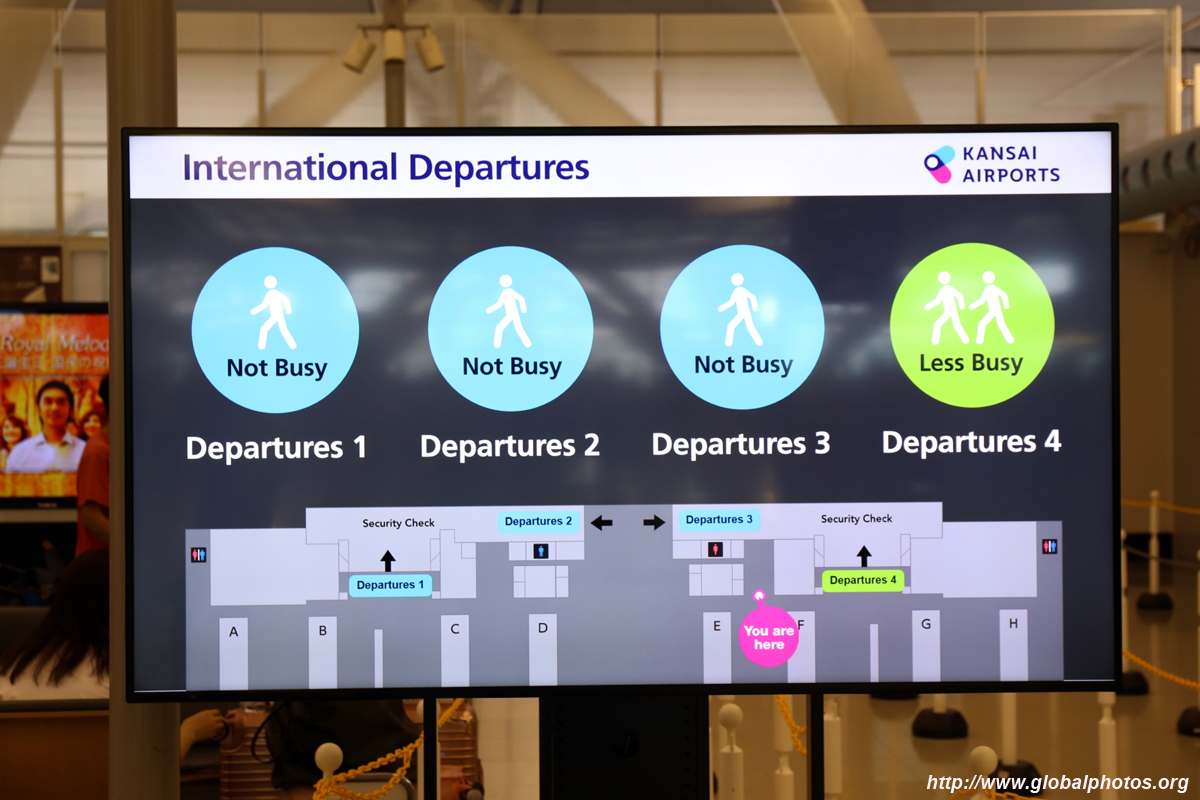
Fed up with the crowds, I gazed at the planes parked outside and browsed around along the length of the terminal. My gate would be a shuttle ride away.


